Shmini in a nutshell
When we open the door, and start reading parashat Shmini, Hebrew for “eighth,” we learn about the final dedication day of the Tabernacle, the tragic deaths of Ahron’s two elder sons, Nadav and Avihu, and the dietary laws of kashrut. The parashah constitutes Leviticus 9:1–11:47.
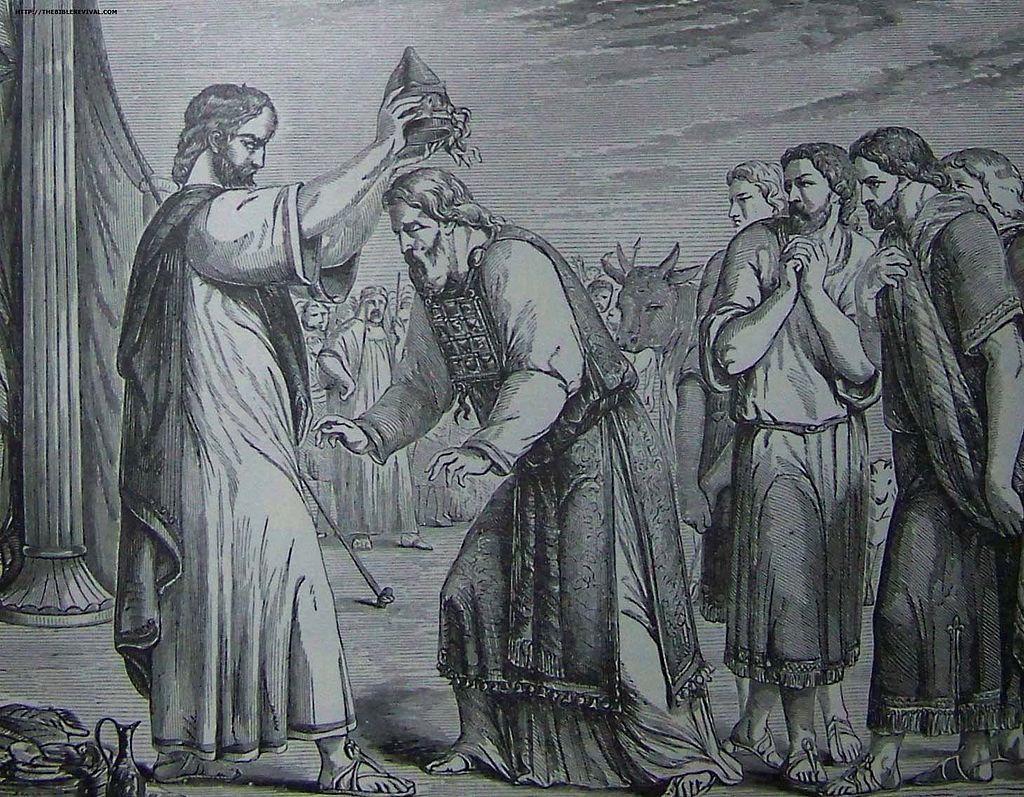
Following the seven days of their inauguration, on the eighth day, Ahron and his sons begin the Avodah, officiating as kohanim (priests); Mosheh told Ahron to gather specific animal and grain offerings and bring them before G-d. Ahron sacrificed the animals, lifts his hands toward the people and bless them. Ahron and Mosheh go inside the Tent of Appointed Meeting, come out again, blessing the people, and the glory of G-d revealed itself to all the people in a form of a G-dly fire descending from heaven and consuming the offerings on the altar, a sign and a proof that Bnai Israel were forgiven for the sin of the Golden Calf and that the Shchinah, the divine presence, rested in the Mishkan they had built. All the people saw it, and were joyous, as they longed for this moment for many years.
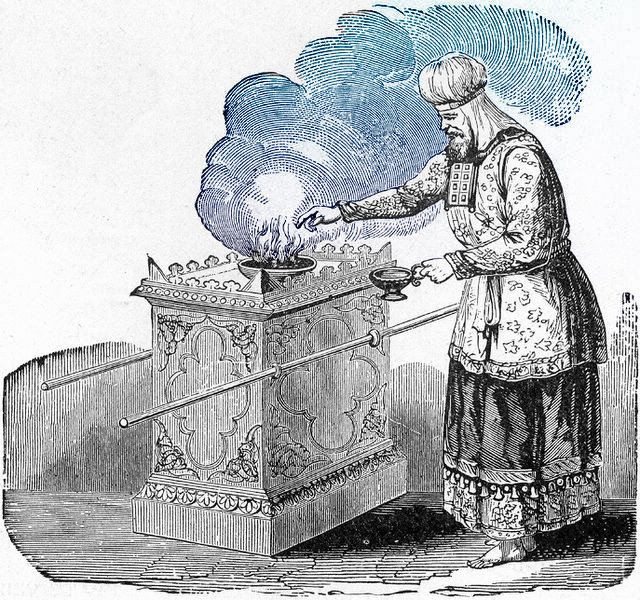
Nadav and Avihu
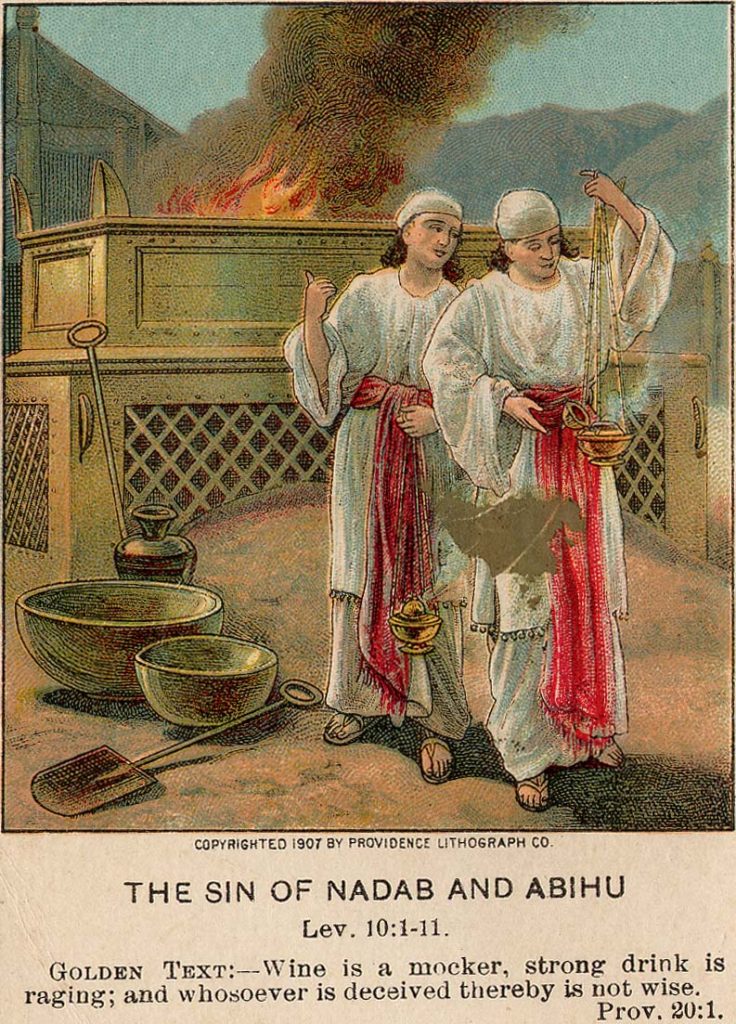
Our Sages tell us that twelve times fire fell from heaven. Six fires showed that G-d was pleased, and six were fires of punishments. Ahron’s sons, Nadav and Avihu, wanting to get closer to G-d, offered an “alien fire before G‑d, which He commanded them not”, and die before G‑d for offering this “extra” korban ketoret. Mosheh: “This is what G-d said, ‘I will be sanctified through those who are nearest Me, thus I will be honored before the entire peoples.” Ahron is silent facing his tragedy, “vayidom Ahron”.

Kosher
In our parashah, G‑d commands the kosher laws, the distinction between permissible and forbidden animal species, for consumption. Land animals may be eaten only if they have split hooves and also chew their cud; fish must have fins and scales; a list of non-kosher birds is given, and a list of kosher insects (four types of locusts). Why the Torah command us to eat only Kosher food? G-d put the people on a special diet. If they follow the kosher diet their souls, their neshamah will stay holy.
The Snake
The Torah lists eight creeping animals whose dead bodies, if touched by Jews, cause him to become Tame. The snake, that is considered an evil creature, persuading Chavah to sin, is not one of those eight. Why? In parashat Bereishit G-d punished the snake, it will always be the enemy of man. If a dead snake would cause a Jew to become tame, no Jew would dare to step on it in self-defense, being afraid of becoming tame (Rabbeinu Bechyey).
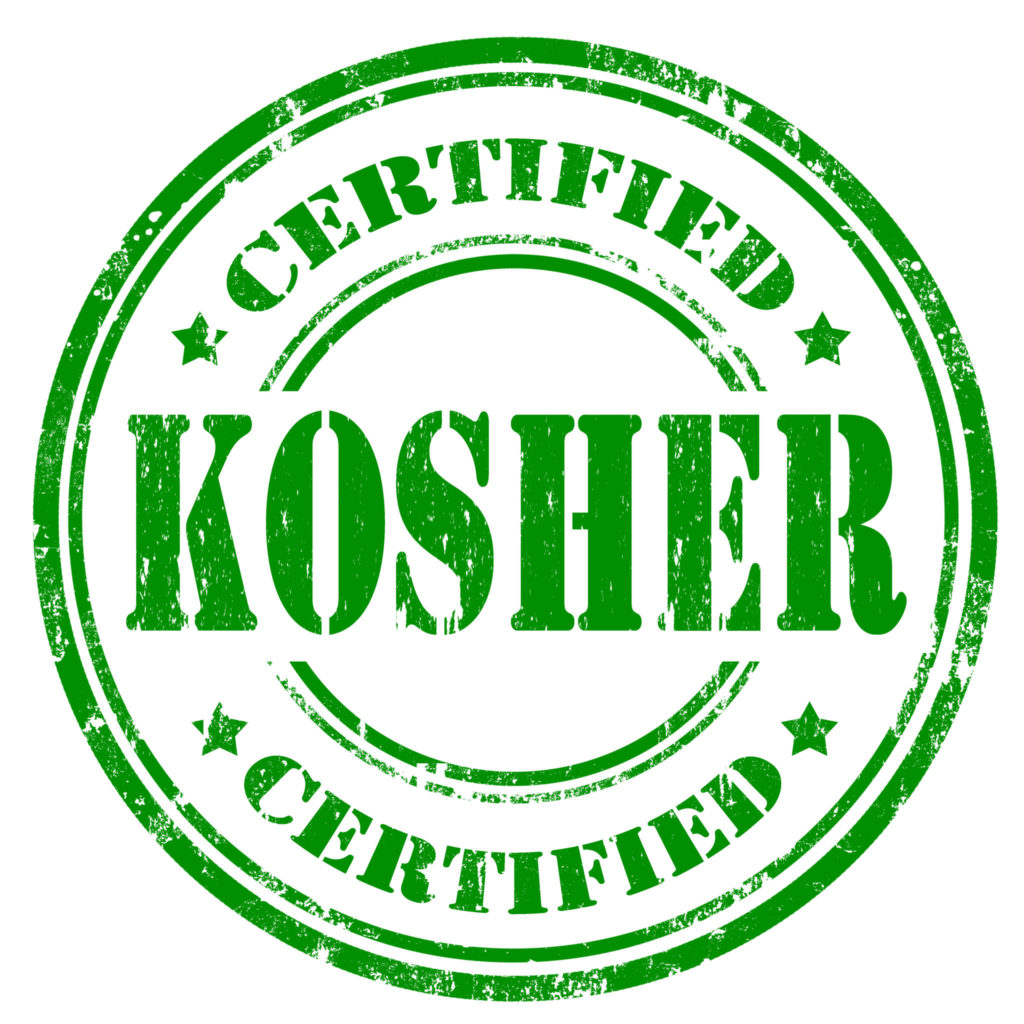
Leviticus 11:43-45
“You shall not make yourselves impure by eating these things. For I the Lord am your G-d: you shall sanctify yourselves and be holy, for I am holy. For I, the Lord G-d, who brought you up from the land of Egypt to be your G-d, you shall be holy for I am holy.”
אַל־תְּשַׁקְּצוּ֙ אֶת־נַפְשֹׁ֣תֵיכֶ֔ם בְּכָל־הַשֶּׁ֖רֶץ הַשֹּׁרֵ֑ץ וְלֹ֤א תִֽטַּמְּאוּ֙ בָּהֶ֔ם וְנִטְמֵתֶ֖ם בָּֽם׃
כִּ֣י אֲנִ֣י יְהוָה֮ אֱלֹֽהֵיכֶם֒ וְהִתְקַדִּשְׁתֶּם֙ וִהְיִיתֶ֣ם קְדֹשִׁ֔ים כִּ֥י קָד֖וֹשׁ אָ֑נִי וְלֹ֤א תְטַמְּאוּ֙ אֶת־נַפְשֹׁ֣תֵיכֶ֔ם בְּכָל־הַשֶּׁ֖רֶץ הָרֹמֵ֥שׂ עַל־הָאָֽרֶץ׃
כִּ֣י ׀ אֲנִ֣י יְהוָ֗ה הַֽמַּעֲלֶ֤ה אֶתְכֶם֙ מֵאֶ֣רֶץ מִצְרַ֔יִם לִהְיֹ֥ת לָכֶ֖ם לֵאלֹהִ֑ים וִהְיִיתֶ֣ם קְדֹשִׁ֔ים כִּ֥י קָד֖וֹשׁ אָֽנִי׃
Also in Shemini are some of the laws of ritual purity, differentiating between the impure and the pure; including a mikveh and the wellspring ritual.
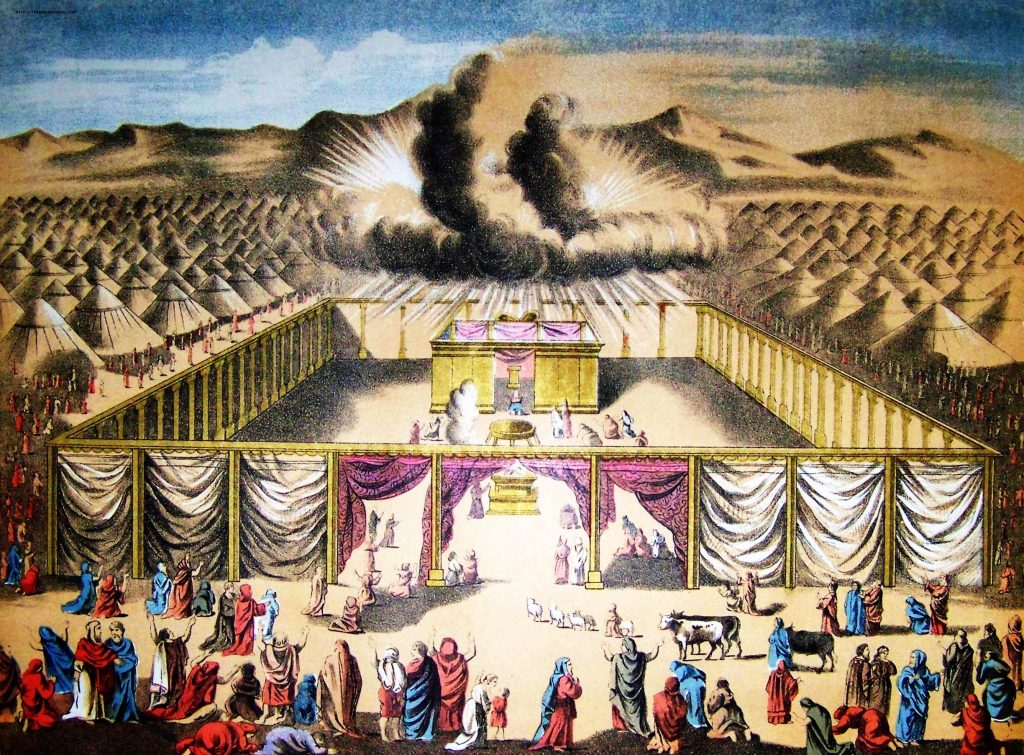
The five kinds of korbanot-review
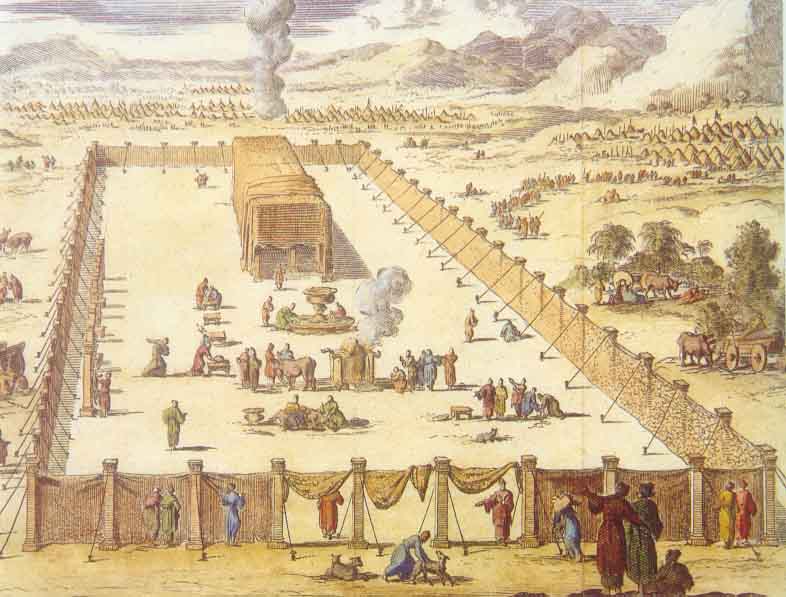
OLAH– The “ascending offering” that is wholly raised to G‑d by the fire atop the altar; MINCHAH– Five varieties of “meal offering” prepared with fine flour, olive oil and frankincense; SHELMIM– The “peace offering”, whose meat was eaten by the one bringing the offering, after parts are burned on the altar and parts are given to the kohanim (priests); cattle, sheep, and goats. CHATAT– The different types of “sin offering” brought to atone for transgressions committed by mistake either by the High Priest, the entire community, the king or the ordinary people. ASHAM– The “guilt offering” brought by one who has misappropriated property of the Sanctuary, who is in doubt as to whether he transgressed a divine prohibition, or who has committed a “betrayal against G‑d” by swearing falsely to defraud a fellow man.

18 Mitzvot in Parashat Shmini
- A Kohen must not enter the Temple with his head uncovered Lev. 10:6
- A Kohen must not enter the Temple with torn clothes Lev. 10:6
- A Kohen must not leave the Temple during service Lev. 10:7
- A Kohen must not enter the Temple intoxicated Lev. 10:9
- Mourn for relatives Lev. 10:19
- To examine the signs of animals to distinguish between kosher and non-kosher Lev. 11:2
- Not to eat non-kosher animals Lev. 11:4
- To examine the signs of fish to distinguish between kosher and non-kosher Lev. 11:9
- Not to eat non-kosher fish Lev. 11:11
- Not to eat non-kosher fowl Lev. 11:13
- To examine the signs of locusts to distinguish between kosher and non-kosher Lev. 11:21
- Observe the laws of impurity caused by the eight shratzim (insects) Lev. 11:29
- Observe the laws of impurity concerning liquid and solid foods Lev. 11:34
- Observe the laws of impurity caused by a dead beast Lev. 11:39
- Not to eat non-kosher creatures that crawl on land Lev. 11:41
- Not to eat worms found in fruit on the ground Lev. 11:42
- Not to eat creatures that live in water other than (kosher) fish Lev. 11:43
- Not to eat non-kosher maggots Lev. 11:44
The 613 Mitzvot
In The Torah there are 613 commandments, mitzvot, also known as the Law of Moses (תרי״ג מצוות, taryag mitzvot). The 613 mitzvot are first recorded in the 3rd century CE, when Rabbi Simlai mentioned it in a sermon that is recorded in Talmud Makkot 23b.
The 613 commandments include 248 “positive commandments”, to perform an act (mitzvot aseh), and 365 “negative commandments”, to abstain from certain acts (mitzvot lo taaseh). The negative commandments number 365, which coincides with the number of days in the solar year, and the positive commandments number 248, a number ascribed to the number of bones and main organs in the human body.
Though the number 613 is mentioned in the Talmud, its real significance increased in later medieval rabbinic literature, including many works listing or arranged by the mitzvot. The most famous of these was an enumeration of the 613 commandments by Maimonides, The Rambam.
Many of the mitzvot cannot be observed now, following the destruction of the Second Temple, although they still retain religious significance. According to one standard reckoning, there are 77 positive and 194 negative commandments that can be observed today, of which there are 26 commands that apply only within the Land of Israel. Furthermore, there are some time-related commandments from which women are exempt (examples include shofar, sukkah, lulav, tzitzit and tefillin). Some depend on the special status of a person in Judaism (such as kohanim), while others apply only to men or only to women.
according to Rambam Organized by Parshah. based on Wikipedia and http://www.vaadrv.org/rambam613mitzvot.asp ONE BIG IMPORTANT NOTE WHEN USING THIS LISTING: This listing is not all inclusive. Rambam may site multiple sources for a mitzvah is his works but this list currently only gives one source for each mitzvah.

Check out YedidYah Psalm 96 “Yiram Hayam” Music by Rabbi Yakira Yedidia https://youtu.be/aTBD4i9nvXw
The Priestly Blessing
יְבָרֶכְךָ יהוה, וְיִשְׁמְרֶךָ- May the LORD bless you and guard you
יָאֵר יהוה פָּנָיו אֵלֶיךָ, וִיחֻנֶּךָּ -May the LORD make His face shed light upon you and be gracious unto you
יִשָּׂא יהוה פָּנָיו אֵלֶיךָ, וְיָשֵׂם לְךָ שָׁלוֹם- May the LORD lift up His face unto you and give you peace
Check out YedidYah “The Priestly Blessing” Birkat Hakohanim. Music by Rabbi Yakira Yedidia https://youtu.be/YNE11QdEMN0
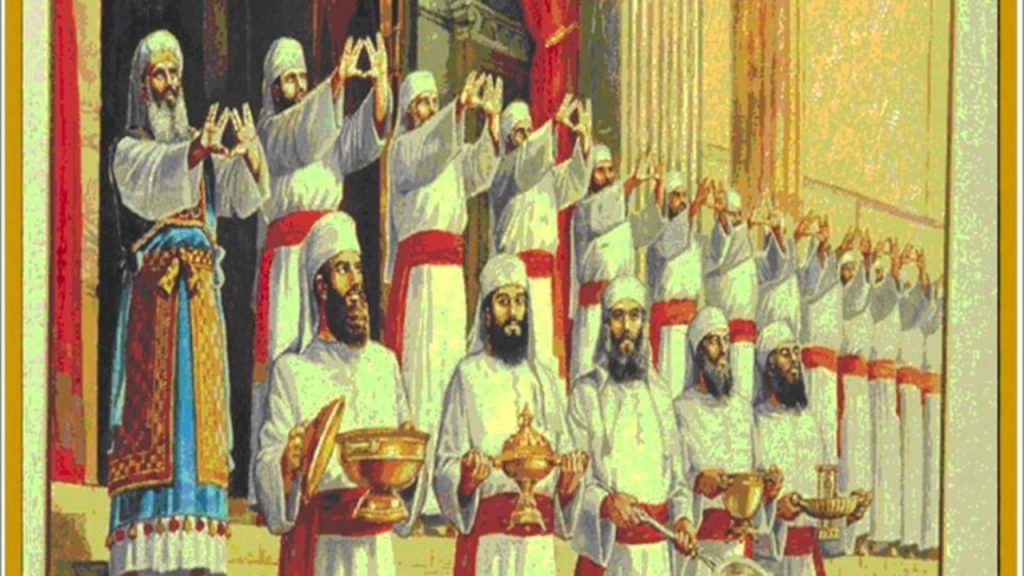
This blog article was inspired by chabbad.org, Sefaria.org, Wikipedia.org

